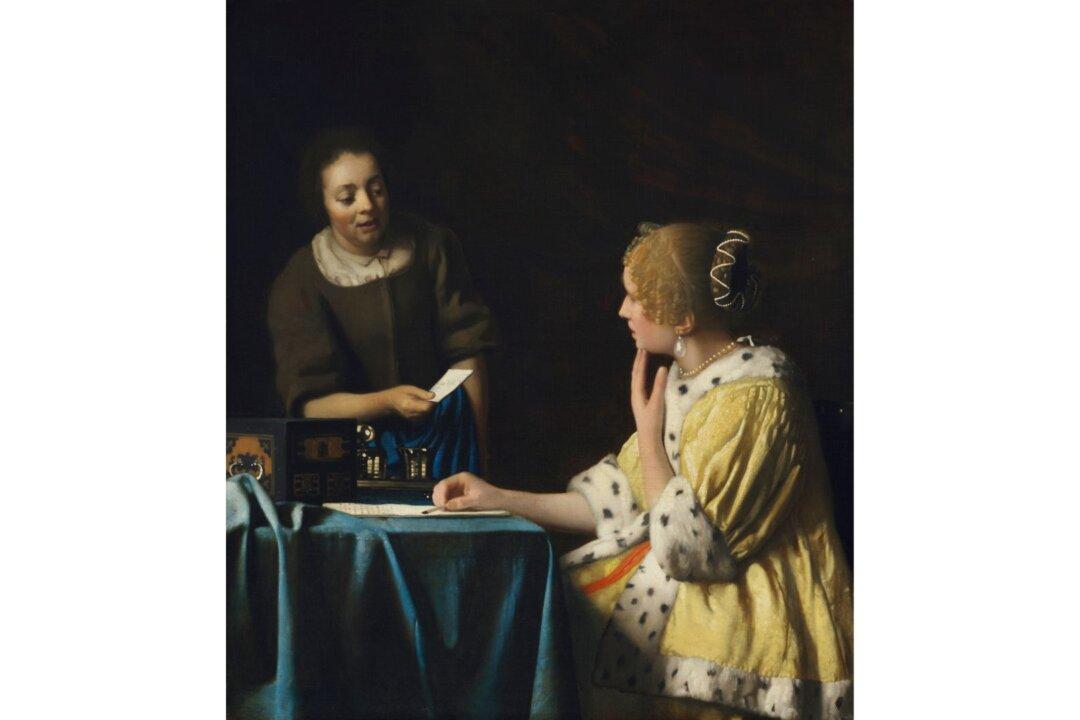LONDON—The National Gallery turned 200 last year. As part of its yearlong bicentenary celebrations, the world-renowned gallery rehung its collection and renovated the entrance, foyer, and mezzanine of its Sainsbury Wing.
The redisplayed Gallery opened on May 10, its 201st anniversary.






